Home > Auctions > 23 - 27 May 2023
Ancient Art, Antiquities, Natural History & Coins
Auction Highlights:
From a Lincolnshire, UK, collection.
From a Cambridgeshire, UK, collection.
From a Cambridgeshire, UK, collection.
From the Green River Formation, Lincoln County, Wyoming, U.S.A.
From an old Lincoln collection.
Seasonally, some 56 million years ago, in the Green River Region of Wyoming, torrential rains fell on the mountains. The rain flowed down the mountain sides, forming wide shallow lakes in the valley below. During the dry season, these lakes evaporated (similar to certain parts of Africa today). Millions of fish died in this short period of time. This climatic cycle happened over a 20-thousand-year period. Layer upon layer of mud was deposited over these years, entombing huge numbers of fish. At a much later date volcanic activity uplifted this area to expose their fossils.
From Madagascar.
Collected between 1930 and 1960.
From the collection of the palaeontologist R Gledhill.
From a Cambridgeshire, UK, collection.
From the Tegana formation of the Sahara Desert, Morocco, North Africa.
Acquired during the 1980s.
From an old Lincolnshire, UK, collection.
The Carcharodontosaurus saharicus was one of the largest predators of all time (larger than its distant North American T-Rex cousin) and is related to Allosaurus and the South American Giganotosaurus.
From a Cambridgeshire, UK, collection.
From the Green River Formation, south western Wyoming, U.S.A.
Collected between 1930 and 1960.
From the collection of the palaeontologist R Gledhill.
From Wyoming, Green River Formation, U.S.A.
Acquired during the 1980s.
From the Pradi Collection, Boston, U.S.A.
In southwest Wyoming (and parts of Colorado and Utah) in the Green River Formation are found some of the world's most outstanding specimens of fossil fish. The Green River system was composed of three lakes: Lake Ulinta, Lake Gosiute and Fossil Lake. These Eocene lakes lay in a series of intermountain basins formed by geological events that uplifted the Rocky Mountains during the early Tertiary time. The climate was much different from the desert-like climate of this area today. Both the fauna (crocodiles, alligators, boa constrictors and some subtropical fish families) and the flora (such as large palm trees) indicate a climate much like that found along the Gulf Coast today. Large amounts of ash found in the sediments indicate that volcanoes were particularly active at this time.
From Wyoming, Green River Formation, U.S.A.
Acquired during the 1980s.
From the Pradi Collection, Boston, U.S.A.
Seasonally, some 56 million years ago, in the Green River Region of Wyoming, torrential rains fell on the mountains. The rain flowed down the mountain sides, forming wide shallow lakes in the valley below. During the dry season, these lakes evaporated (similar to certain parts of Africa today). Millions of fish died in this short period of time. This climatic cycle happened over a 20-thousand-year period. Layer upon layer of mud was deposited over these years, entombing huge numbers of fish. At a much later date volcanic activity uplifted this area to expose their fossils.
Ex private collection of a Shropshire, UK, gentleman, 1990s.
1933 - 1944 of 2508 LOTS

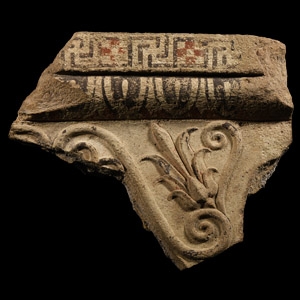
.jpg)


.jpg)
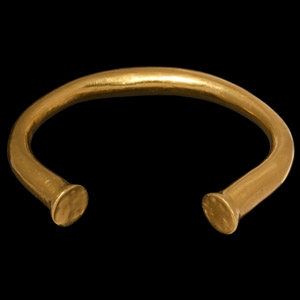
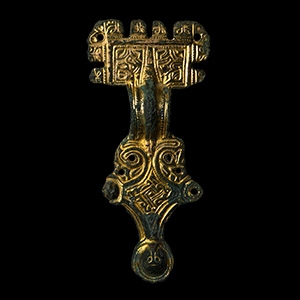

.jpg)



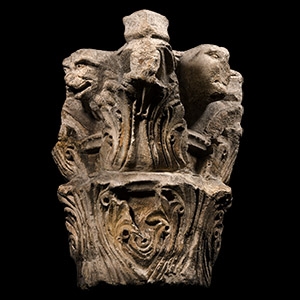
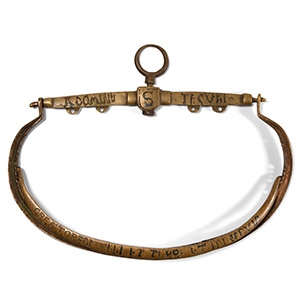
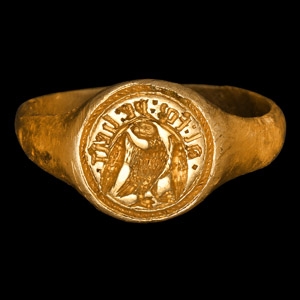
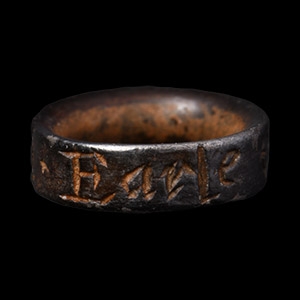
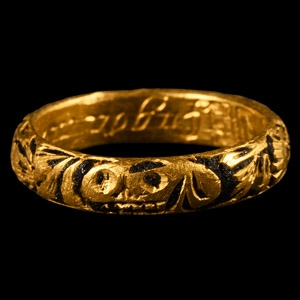
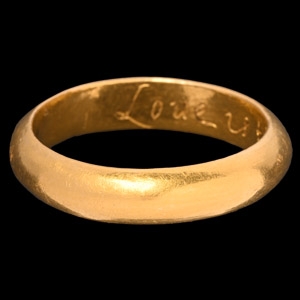
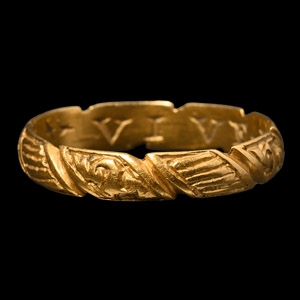
![English Milled Coins - George VI - 1937 - Cased RM Proof Coronation Gold Set [4] English Milled Coins - George VI - 1937 - Cased RM Proof Coronation Gold Set [4]](https://timelineauctions.com/upload/images/items/small/203351-s(2).jpg)

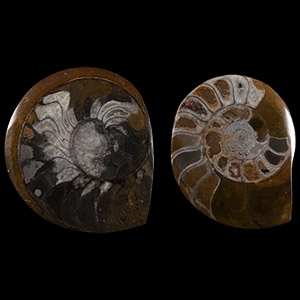
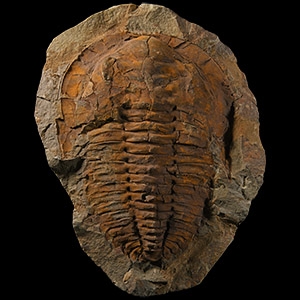
.jpg)
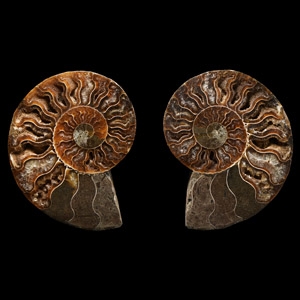
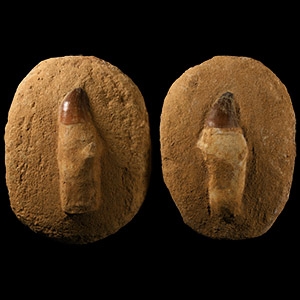

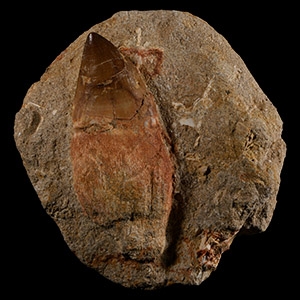

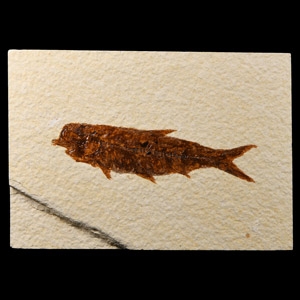
.jpg)
.jpg)



